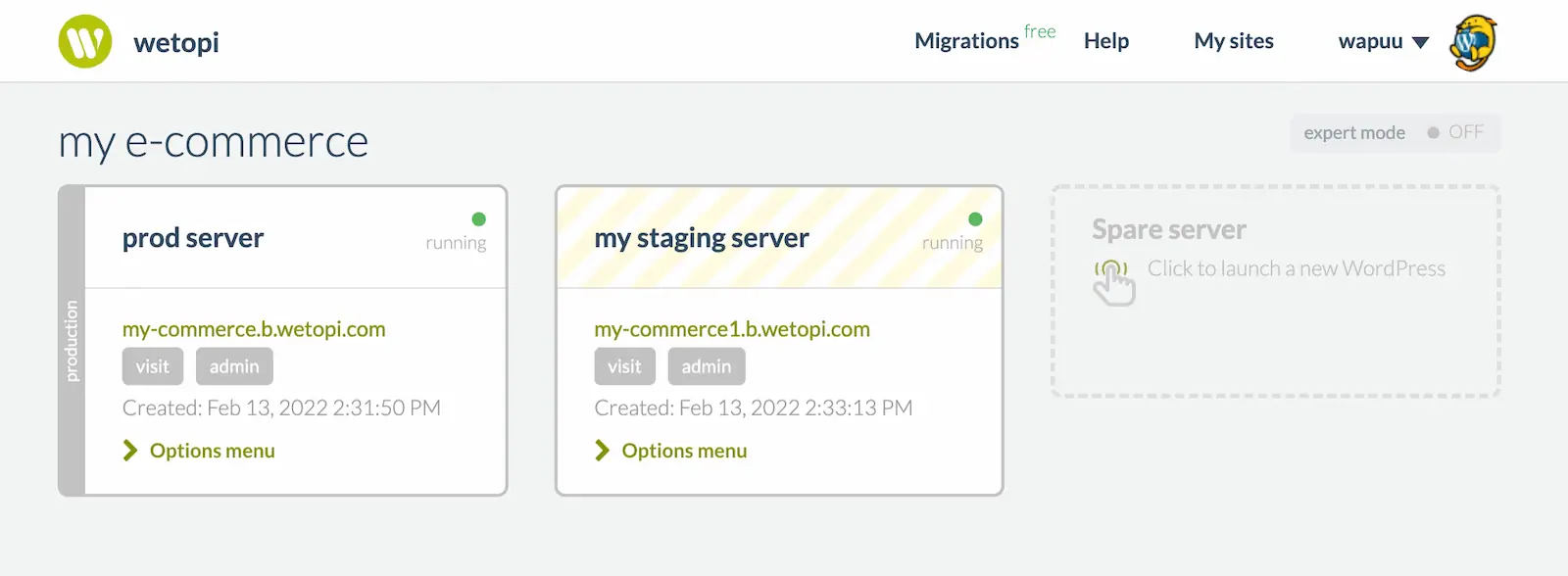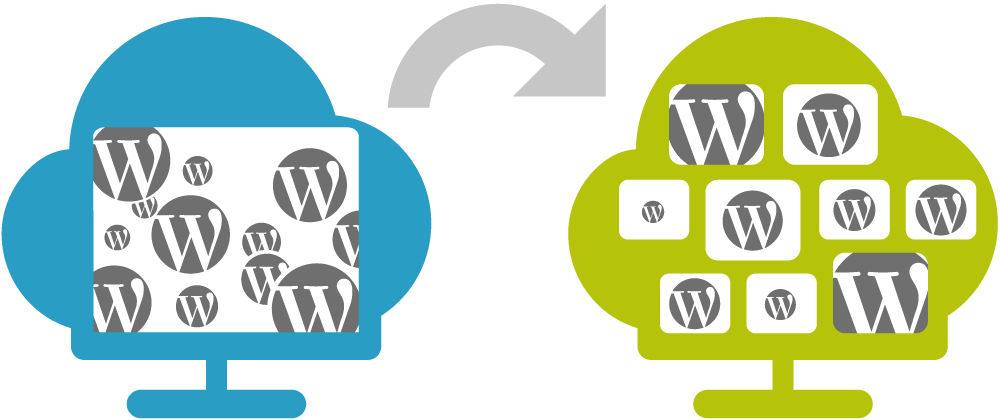Managed WordPress Hosting
https://app.wetopi.com

Improve in Security, Performance & Support
Jumping from a Shared Hosting to a
Specialized Managed WordPress Hosting with Principles
Gain Competitive Advantage
Get more performance and time to focus on your service.
With Managed WordPress servers:
- We migrate each WordPress site to its Isolated Server FOR FREE.
- We take care of your WordPress security.
- We are in charge of your Server upgrades.
- We do the Server tuning.

You get:
- Better Page speed with servers designed for WordPress.
- Peace of mind with: Managed servers, WAFs, in-house + external Backups, Malware Scan, …
- Latest optimized software and infrastructure: HTTP/3, Brotli, SSD NVMe distributed storage.
- One-click WordPress management panel for: Single-Sign-On, staging, backup, recovery, certs …
- WordPress specialized support.
- Free development servers.
Try it now
or discover our Pricing plans
Includes Free development servers – No credit card required


